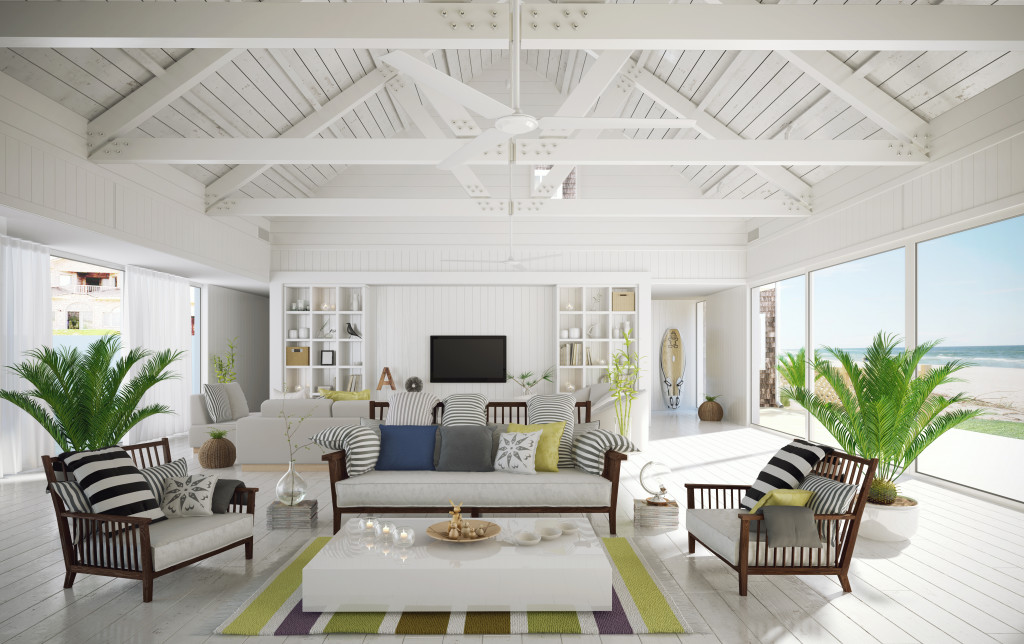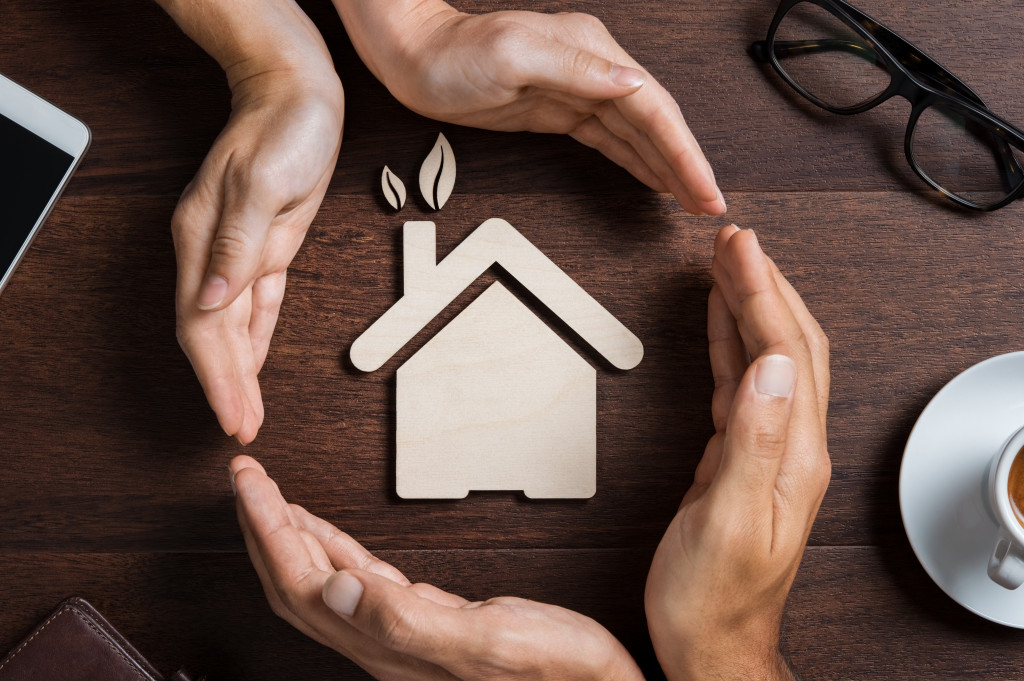- Design a green home with sustainability in mind using smart technology, recycled wood, and bamboo.
- Utilize natural lighting and follow all local building safety codes.
- Maintain the house regularly and ensure no harmful toxins are present.
- Install smoke detectors, fire extinguishers, and water-conserving irrigation systems.
- Embrace green landscaping with native flora and sustainable tree services.
In recent years, there has been an increasing interest in creating environmentally friendly and sustainable homes. Climate change and global warming have made people more aware of their impact on the planet, and many people are choosing to build green homes to reduce their carbon footprint. However, building a green home involves taking safety measures and designing based on sustainable principles. Here’s how to create a beautiful and safe green home.
Design for Sustainability
The first step to building a green home is to design with sustainability in mind. This means using environmentally friendly materials while prioritizing natural lighting and energy efficiency. Here are some specific ways you can do this:
Incorporate Smart Technology
When building a green home, introduce smart technology that monitors your home’s energy use. For instance, you can install smart lighting with advanced sensors to detect when a particular room is uninhabited and turn off the lights. This will help reduce energy usage and save on bills. Your home can also include smart home automation devices that allow you to control systems like heating and cooling from a single app.
Use Recycled Wood and Bamboo
When building your green home, you can opt for recycled wood and bamboo as opposed to traditional materials. Recycled wood is more sustainable and better than new wood in terms of strength and durability.
Additionally, bamboo is an excellent option since it is one of the most renewable resources available. Both materials are aesthetically pleasing and add an eco-friendly touch to your home.
Ensure Natural Lighting
Another critical factor to consider when building a green home is natural lighting. The more natural light you have, the less energy you will need to power artificial lights in your home. Utilize skylights and large windows to let in plenty of sunshine during the day so that you don’t have to rely as much on electric lighting at night.

Ensure Your Home Structure is Safe
Safety is a critical aspect of building a home, and it’s no different when building a green home. As with any new construction, ensure that the structure and building process will meet all local building codes and regulations. Here are things to keep in mind:
General Maintenance
Your green home will require regular maintenance to ensure it remains safe and efficient. Follow a cleaning schedule and use eco-friendly cleaning products to remove dirt and maintain your home’s surfaces. The systems utilized to run your home will need regular inspection, and potential repairs or replacements should be done promptly.
Ensure Safety From Toxins
When building a green home, it is crucial to ensure that no harmful toxins are present. This means using materials that have been certified as safe and non-toxic for use in homes. Additionally, you should make sure to continuously ventilate the area whenever painting or dealing with any hazardous materials.
Plan for Fire Safety
No matter what type of home you build, you need to prioritize fire safety. Install smoke and CO2 detectors in all the critical areas of your house, and consider adding a fire suppression system for extra protection. Additionally, make it a point to let everyone living in your home know where to find the fire extinguishers and how to use them if needed.

Embrace Green Landscaping
In addition to creating a beautiful, eco-friendly building, a green home should also include eco-friendly landscaping. Such features may include rain gardens, gravel driveways, and planting native flora.
To achieve these, partner with an efficient tree service provider who can provide suitable trees and plants for your landscape. Additionally, look into water-conserving irrigation systems to help you conserve both energy and water.
The impact of constructing green landscapes also includes reduced erosion of soil and minimized urban heat island, making it perfect for residential green building design.
Building a green home is an excellent way to contribute positively to the environment and mitigate your carbon footprint. The safety measures and design inspirations outlined in this post have been carefully crafted to ensure your home is both eco-friendly and safe to live in. By implementing these tips, you’ll not only help save the environment but also live in a beautiful, sustainable home with peace of mind.

